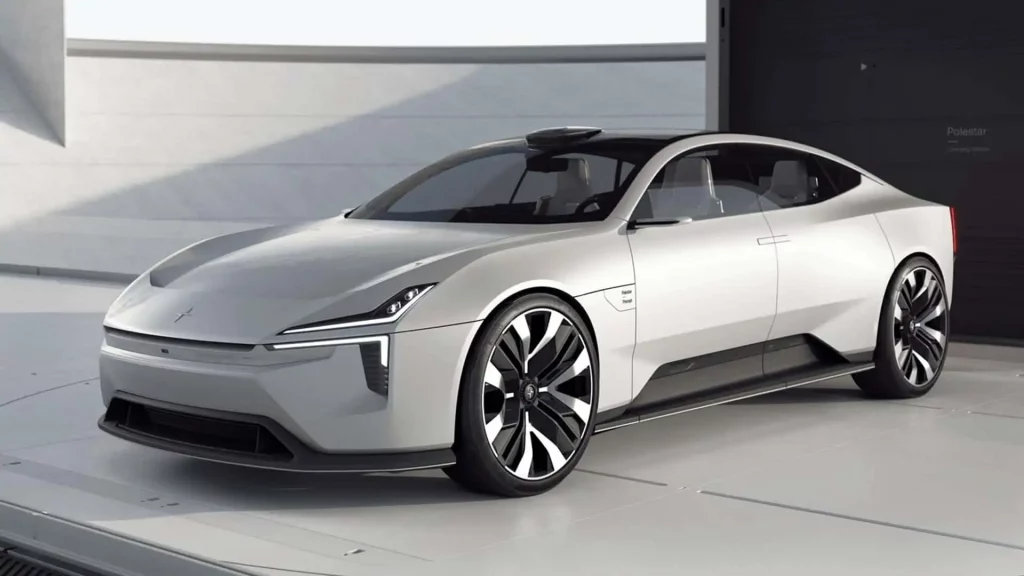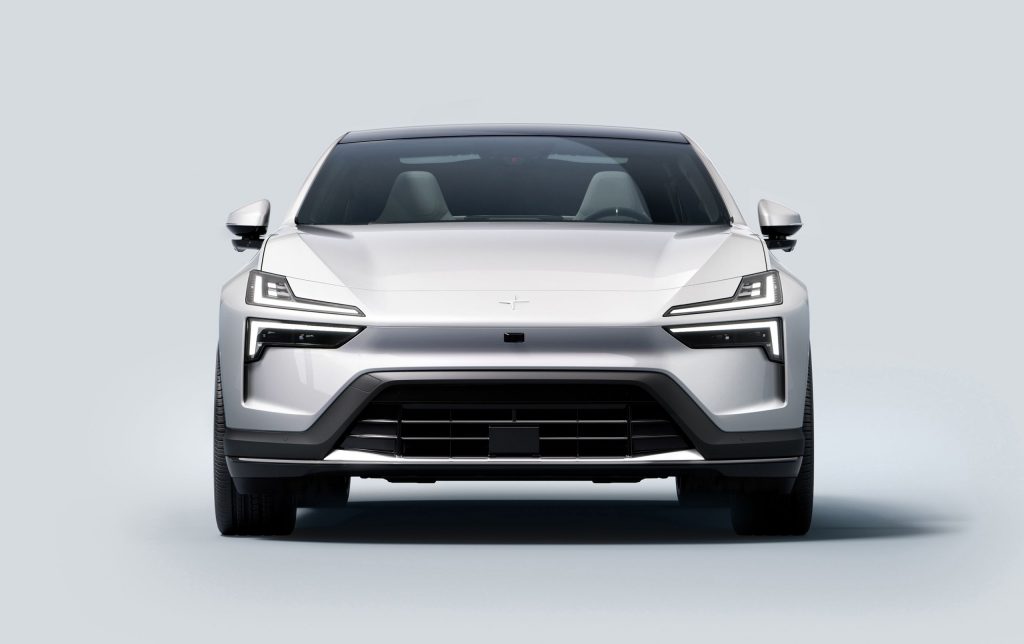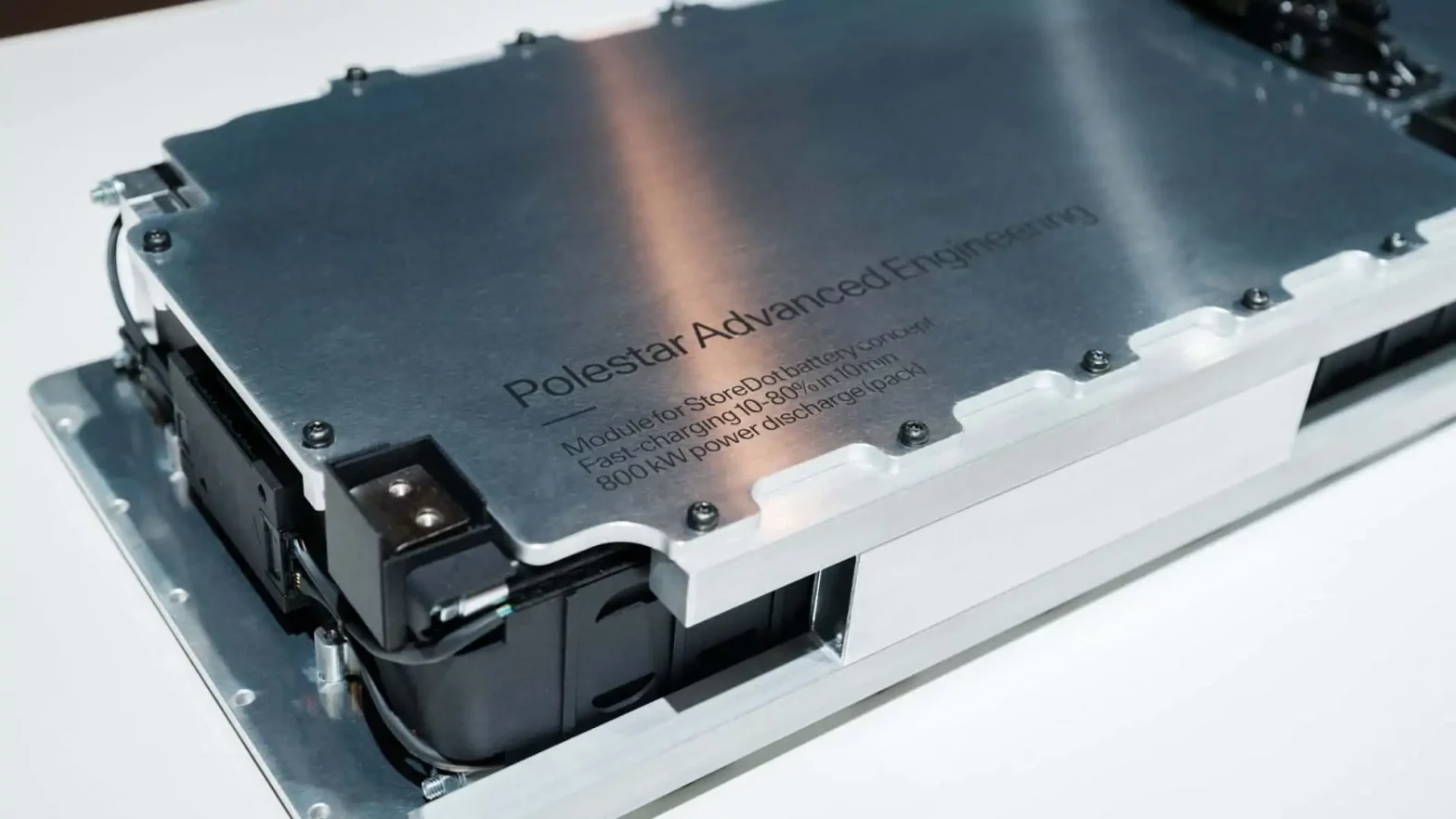Solid state cells produced by StoreDot will provide a range of 160 km with a five-minute charge, and begin testing with Polestar 5 in 2024. Mass production vehicles will be on the roads in 2027.
The solid-state battery, which promises great promise due to its double energy density, high-speed charging, and safety, has lost its advantage in charging speed and safety with the new generation lithium iron phosphate batteries.
Chinese battery giant CATL promises much better charging performance with its new generation non-solid-state LFP cathode ShenXing battery. Many mass-production vehicles that will reach 350 kW and beyond charging speeds and achieve a range of 400 kilometers in 10 minutes will be on sale in 2024.

The fact that the first solid-state batteries to be launched will provide a DC charging speed of around 350 kW questions the impact of this technology on the electric vehicle sector.
A very small portion of the total global battery investment of $860 billion is allocated to solid-state battery technology as of the end of 2022. (Atlas Public Policy)
Cooperating with Japanese Idemitsu Kosan for solid-state electrolyte production, Toyota announced that it has not yet developed a material suitable for mass production. The company is expected to start using the solid-state battery in low-volume electric vehicle projects in 2028.

Factorial Energy recently announced that it has established the world’s largest solid-state battery production facility. The company has developed a process where existing production equipment can be used for solid electrolyte cell production. The American enterprise is among the most promising names in the sector.
Solid-state battery technology faces two major challenges: the lack of production equipment suitable for mass production and capable of operating at high efficiency, and high production costs.
